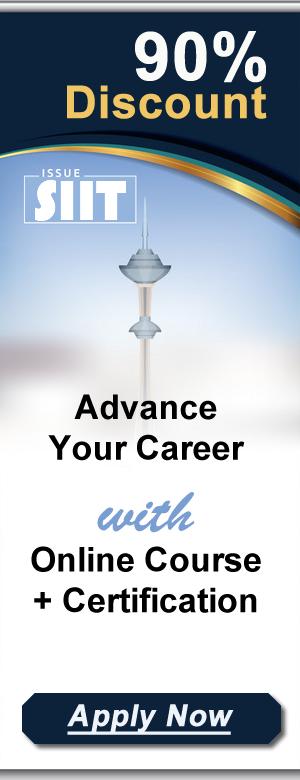
Elizabeth Tammi: Bridging Science And Storytelling For Hubble
Section 1: The Hubble Legacy and its Digital Voice
The Hubble Space Telescope, a marvel of engineering and scientific inquiry, has profoundly reshaped our understanding of the cosmos. Launched in 1990, Hubble's journey has been marked by breathtaking discoveries, from capturing stunning images of distant galaxies to providing crucial data for astronomers worldwide. However, the impact of Hubble extends beyond the scientific community. Its iconic imagery has captivated the public imagination, fostering a deeper appreciation for the wonders of the universe and inspiring generations of scientists and dreamers. This public engagement is, in large part, due to the effective communication strategies employed by NASA, particularly through social media. Elizabeth Tammi, Hubble's social media lead, plays a pivotal role in this narrative, bridging the gap between complex scientific data and a global audience eager to explore the universe's mysteries. Her work encapsulates the growing importance of science communication in a digital age, where effective storytelling can significantly impact public understanding and support for scientific endeavors. The success of Hubble's social media presence reflects a broader trend within NASA and other scientific organizations towards engaging with the public through accessible and compelling content. This shift recognizes the vital role of public understanding in sustaining funding and fostering broader societal engagement with space exploration.
Section 2: Elizabeth Tammi's Role in Shaping Hubble's Narrative
Elizabeth Tammi's position as Hubble's social media lead is more than just managing accounts; it's about crafting narratives that resonate with a diverse audience. She expertly translates complex astronomical data into easily digestible and engaging content, leveraging the power of storytelling to connect with people across different backgrounds and levels of scientific understanding. Her journalistic background, honed through a robust education at Mercer University, provides a strong foundation for her ability to craft compelling narratives. Her experience with the Center for Collaborative Journalism allowed her hands-on experience in newsrooms and honed her skills in accessible writing, which directly contributes to her success in making complex scientific information relatable. Furthermore, her published novels in the fantasy genre demonstrate a keen understanding of narrative structure and audience engagement, skills which seamlessly translate to communicating the excitement and wonder of Hubble's discoveries. Her dedication to presenting information that is clear, concise, and relatable ensures that Hubble's scientific achievements reach a much wider audience than might otherwise be possible. This commitment to accessibility significantly expands the telescope’s impact and helps solidify its place in popular culture.
Section 3: The Science of Science Communication: Reaching a Global Audience
The success of Hubble's social media strategy highlights the effectiveness of science communication in today's digital landscape. Social media platforms like Twitter, Facebook, Instagram, and Flickr have become crucial tools for disseminating scientific information to a global audience, bypassing traditional media gatekeepers. The effectiveness of a social media campaign is often measured by its reach and engagement, reflecting the interest and understanding generated among the public. Recent studies show a significant increase in science-related content on social media platforms, reflecting a growing appetite for scientific information among the general public. Hubble's social media success is a testament to the importance of tailoring communication to specific audiences, using a multi-platform approach, and constantly adapting strategies based on analytics and user feedback. This data-driven approach allows for a more efficient use of resources and better targeting of the intended audience. Therefore, Tammi's ability to adapt and optimize her content to resonate with diverse audiences, along with her use of various social media platforms, is key to the success of her communication strategy.
Section 4: Beyond Social Media: A Multifaceted Approach to Science Communication
Hubble's outreach extends far beyond social media. NASA employs a variety of strategies to make the telescope's findings accessible to the public. These strategies include press releases, educational materials, public lectures, and collaborations with science museums and educational institutions. Furthermore, Hubble’s success has also inspired countless educational programs and initiatives, demonstrating the substantial impact of visually stunning images on public engagement. The integration of multimedia elements, such as videos and interactive graphics, further enhances the engagement and comprehension of complex scientific concepts. These synergistic approaches create a comprehensive strategy for disseminating information, ensuring a broader reach and more profound understanding among the public. This holistic approach is crucial for maintaining public interest in space exploration and securing continued support for scientific endeavors. The combination of these different communication channels creates a powerful and impactful strategy for public engagement with science.
Section 5: The Future of Science Communication: Lessons from Hubble
Elizabeth Tammi's work with Hubble provides valuable insights into the future of science communication. The increasing reliance on digital platforms necessitates a nuanced understanding of how to effectively tailor messages for different audiences. The success of Hubble's social media campaign underscores the importance of clear, concise, and engaging storytelling, emphasizing the human element within scientific discoveries. The ability to relate complex information to everyday experiences is critical in fostering public understanding and support for scientific research. Her ability to connect with the public and build a supportive online community reflects a growing understanding of the importance of creating an inclusive and welcoming space for science enthusiasts. Therefore, the strategy employed by Tammi and her team serves as a model for other scientific organizations looking to increase public engagement and understanding. As technology continues to advance, so too must the strategies used to communicate scientific discoveries. The legacy of Hubble's communication efforts will continue to inspire and inform future endeavors in science communication.

